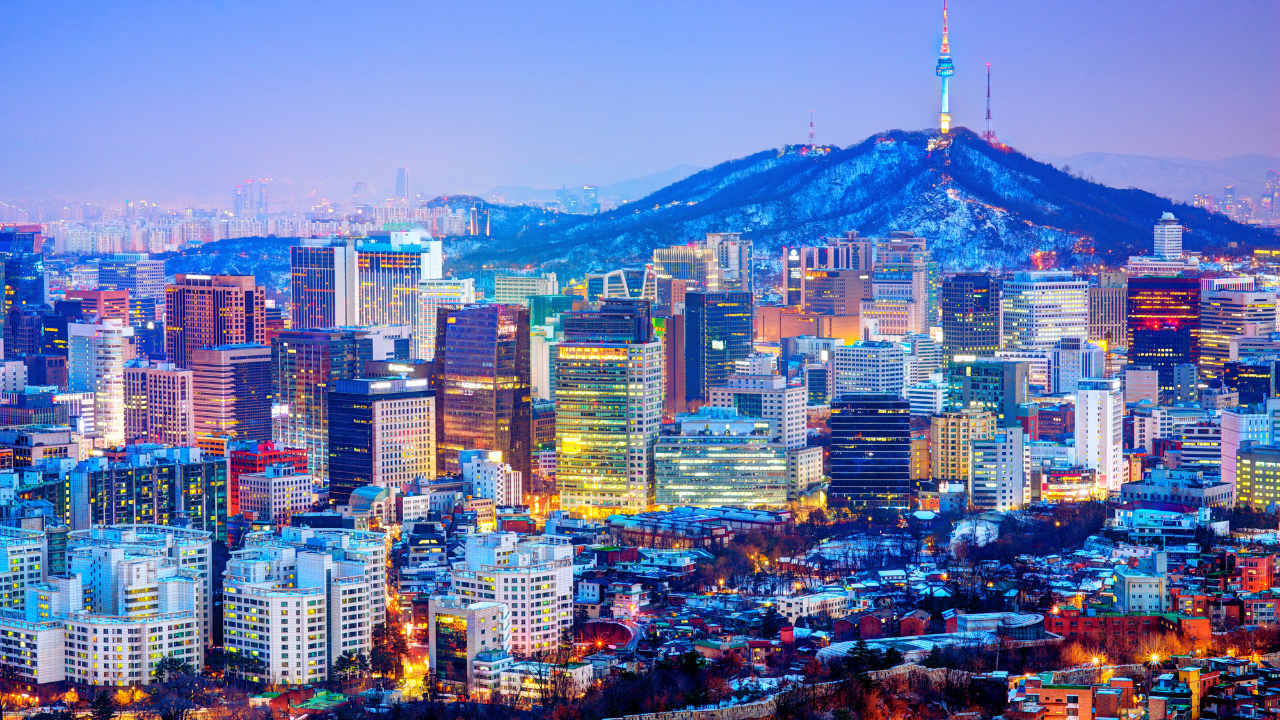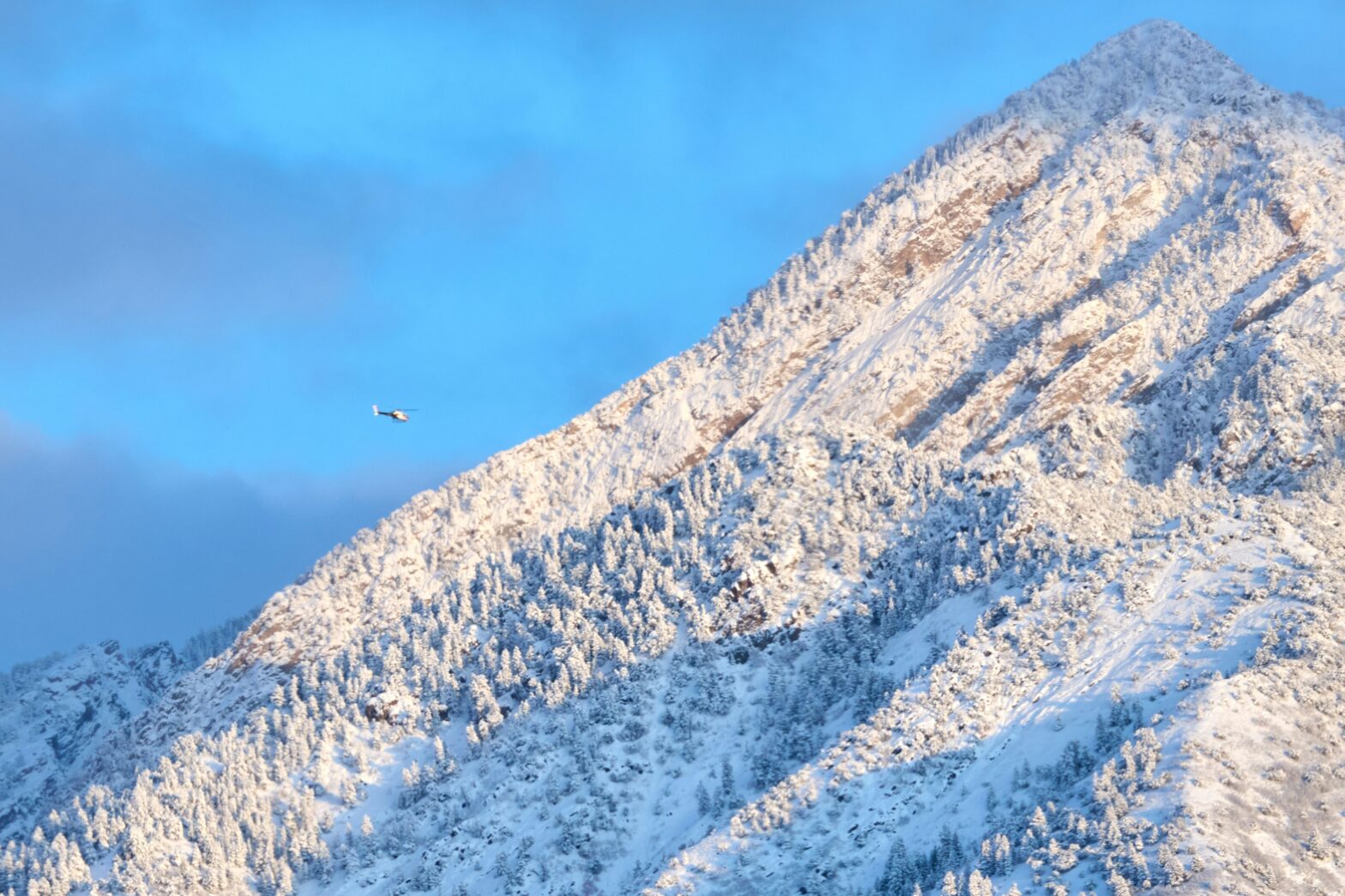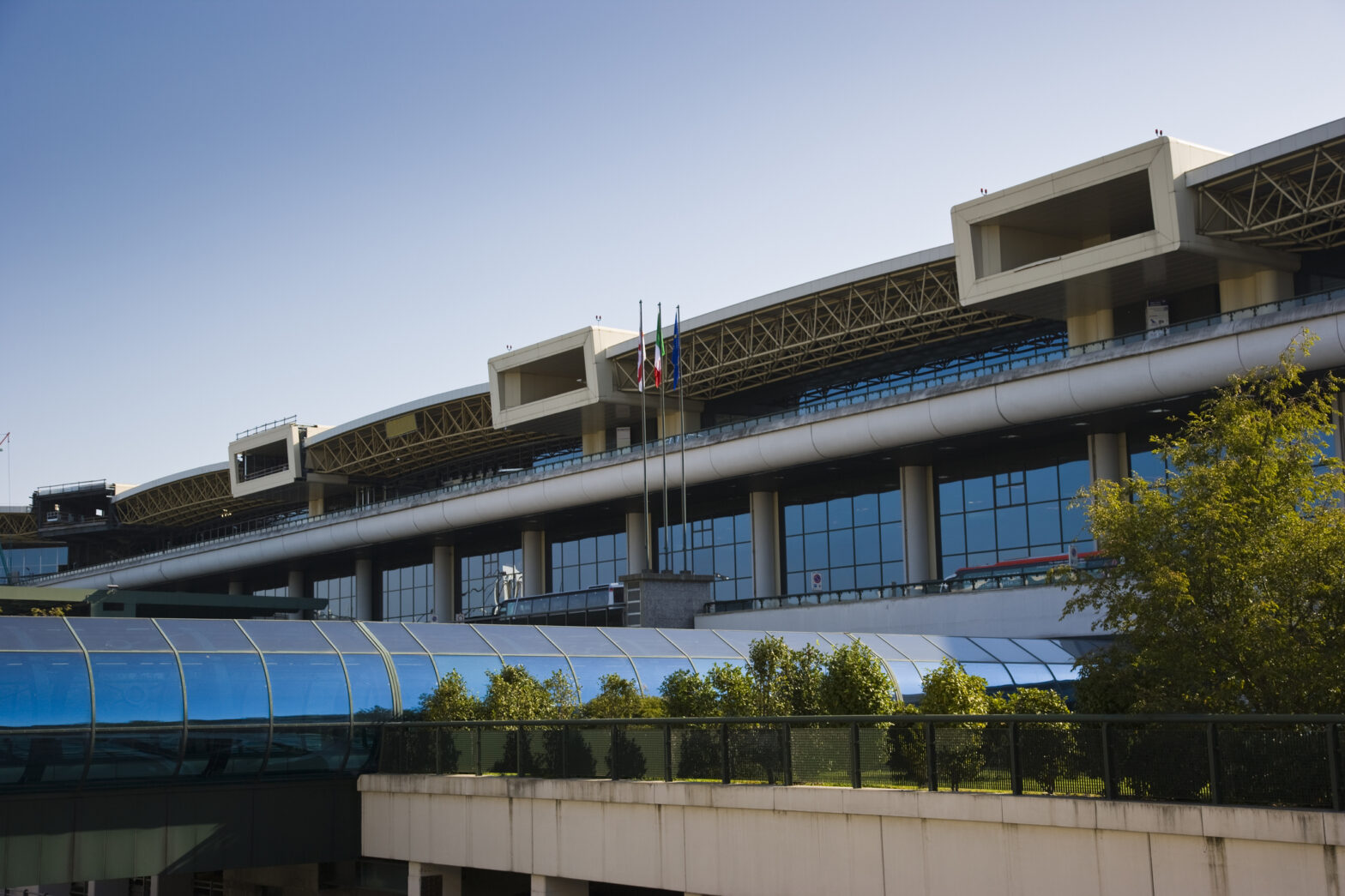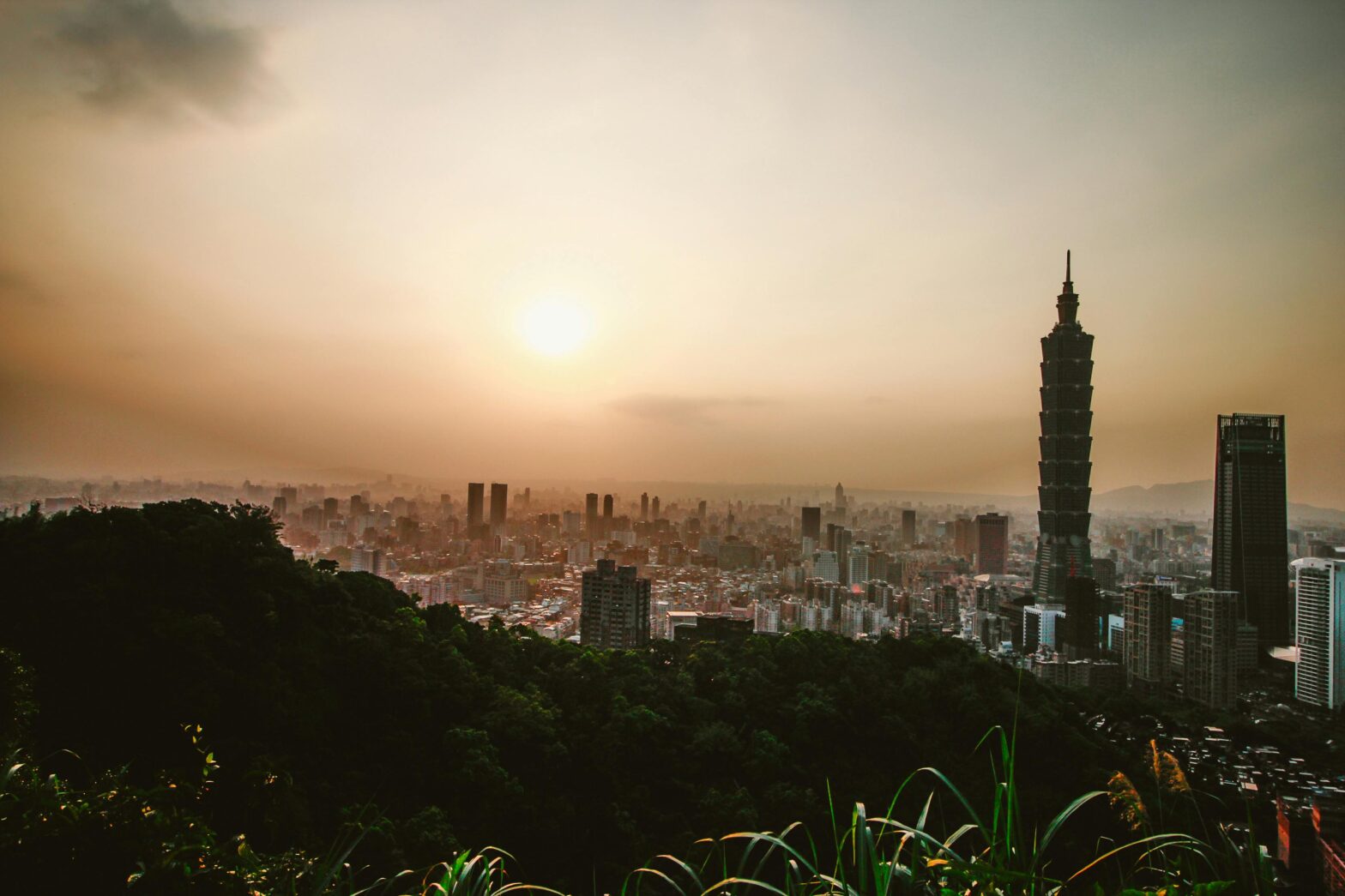Día de los Muerto, aka Day of the Dead, is a vibrant celebration of history and tradition from November 1st and 2nd. It’s not to be confused with Halloween!
The two-day celebration honors the life of the dead and, in 2008, was recognized by UNESCO’s list of Intangible Cultural Heritage as “a defining aspect of Mexican culture.” November 1st is a day to remember children, and November 2nd is to remember adults who have passed away.
The holiday stretches back over 3,000 years. According to the Smithsonian, it originated in Mesoamerica, which consists of Mexico and northern Central America. Indigenous groups such as the Aztecs, Mayans, and Toltecs honored their deceased loved ones during specific calendar months.
Day of the Dead is not simply celebrating death. Instead, it is celebrating life— which many believe starts after death as the cycle of life continues.
If you’re interested in participating in the festive tradition, check out these tips below:
How to Celebrate
There are many ways to participate in this cultural celebration, from festive music to food and dancing. Two dances that honor this time are the Danza de los Viejitos and La Danza de los Tecuanes. Also, in parts of Mexico, you’ll see cities lined with cempasúchil, a vibrant orange marigold flower native to Mexico. The flowers are placed in cemeteries with a bright color that acts as a path that leads the spirits from the cementatory to their loved ones back home. There’s also a traditional bread called Pan de Muerto, sold during this season and placed on altars.
Where to Celebrate
There are a ton of places to celebrate Día de los Muerto, a few that travelers frequent for a holiday are: Oaxaca City, known as the capital of Mexican folklore. Mexico City also has huge parades and parties for the holiday as well in addition and San Andrés Mixquic.





